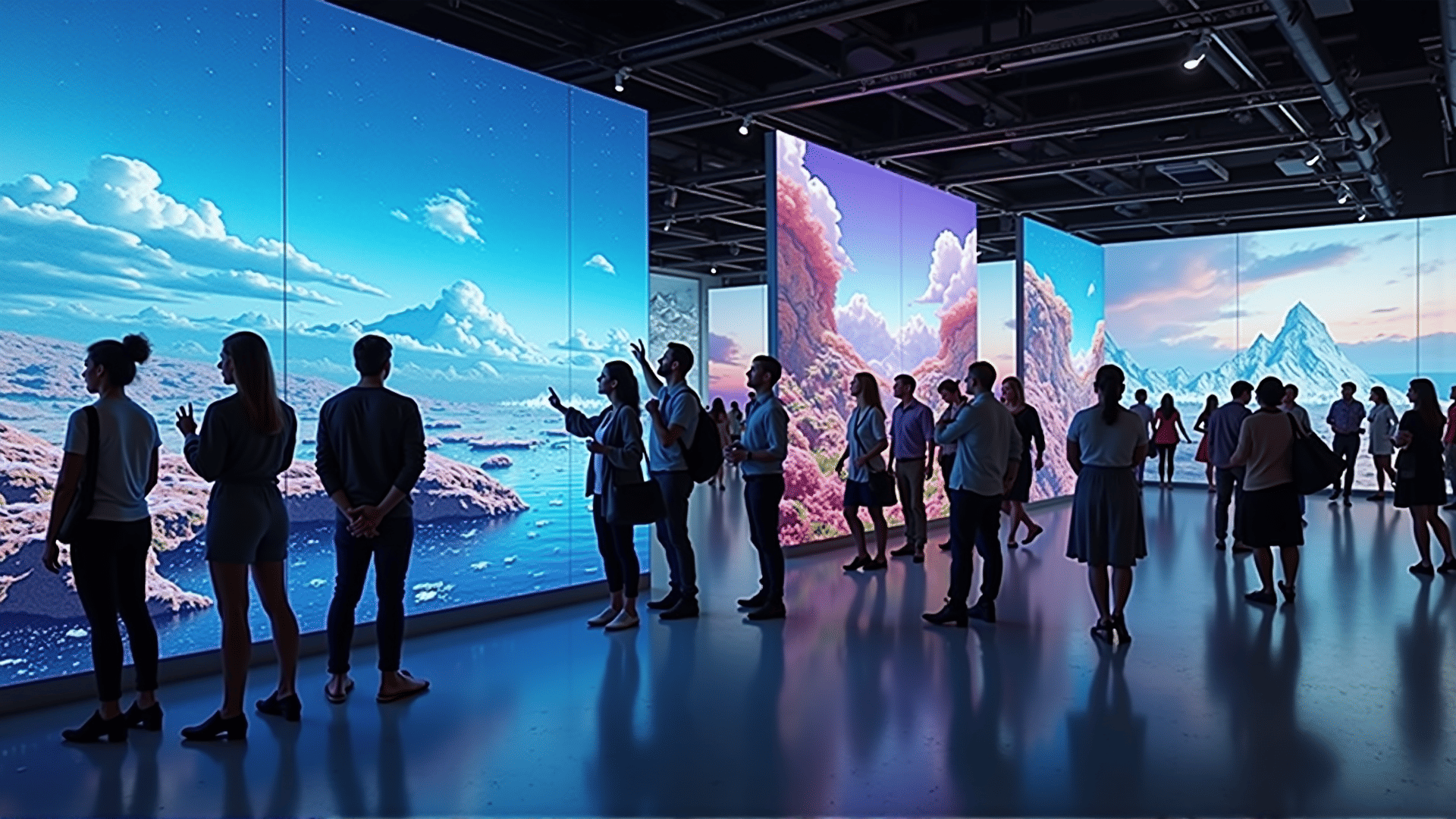In the ever-evolving landscape of art, the marriage of technology and creativity has sparked a revolution. Digital art has emerged as a dynamic medium, breaking boundaries and redefining the way we perceive and interact with artistic expression. As the world becomes increasingly interconnected, digital art innovations are providing transformative experiences that captivate and inspire a diverse audience.
Digital art is not merely a replication of traditional techniques on a digital canvas; it is a realm where imagination is molded by technology, resulting in creations that are at once immersive and interactive. Artists wield powerful software tools and virtual reality environments to craft pieces that blur the lines between the tangible and the intangible. This fusion of digital prowess and artistic vision has opened up new dimensions for storytelling, design, and visual representation.
Interactive displays are at the forefront of this innovation, transforming static images into living, breathing entities that respond to the viewer's presence and actions. These installations challenge spectators to become participants, encouraging them to forge personal connections with the art. By incorporating sensors, augmented reality, and motion detection technologies, artists create experiences that are unique to each observer, ensuring that no two encounters are alike.
Furthermore, digital art showcases have become platforms for collaboration across disciplines. Engineers, programmers, and designers work in tandem with artists to push the boundaries of what is possible, facilitating a cross-pollination of ideas that propel digital art to new heights. From virtual reality exhibitions to digital projections in urban spaces, these collaborations expand the canvas of creativity beyond traditional confines.
One of the most captivating aspects of digital art is its accessibility. The global connectivity afforded by the internet allows artists to reach audiences far beyond geographical constraints. Art lovers from different corners of the world can experience groundbreaking works with just a click, democratizing the appreciation of art and fostering a community of shared inspiration.
Despite its digital nature, this art form retains the emotive power that has always been central to artistic endeavors. Through the use of color, form, and technology, digital artists evoke emotions and provoke thought, encouraging viewers to ponder the nexus of human experience and technological advancement. The layers of meaning embedded in digital art demonstrate that it is not just an intellectual pursuit—it is an invitation to explore the essence of existence in a world constantly shaped by innovation.
As we venture further into the 21st century, the potential for digital art is boundless. The continuous evolution of technology promises new tools and platforms for artists to explore, ensuring that digital art remains a vibrant and ever-changing field. Whether through interactive installations, augmented reality experiences, or virtual museums, the fusion of creativity and technology promises to enrich the cultural landscape for generations to come.
In conclusion, digital art innovations are redefining creative boundaries, allowing artists to unleash their full potential. This blend of technology and imagination captures the spirit of the modern era, showcasing a limitless capacity for growth and transformation. As we embrace this digital renaissance, we celebrate a future where technology enhances our understanding of art, and art amplifies our appreciation of technology.
